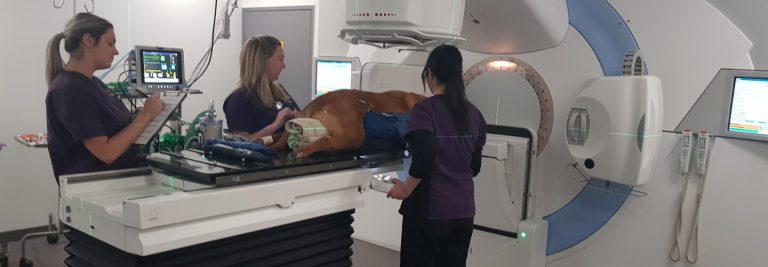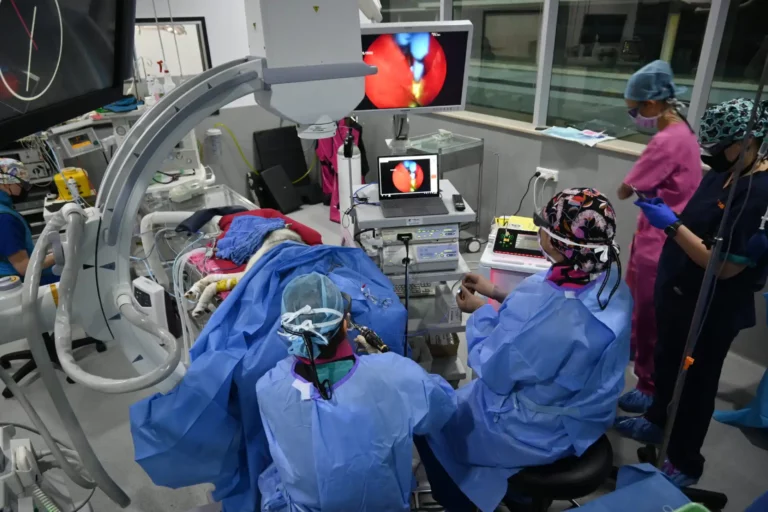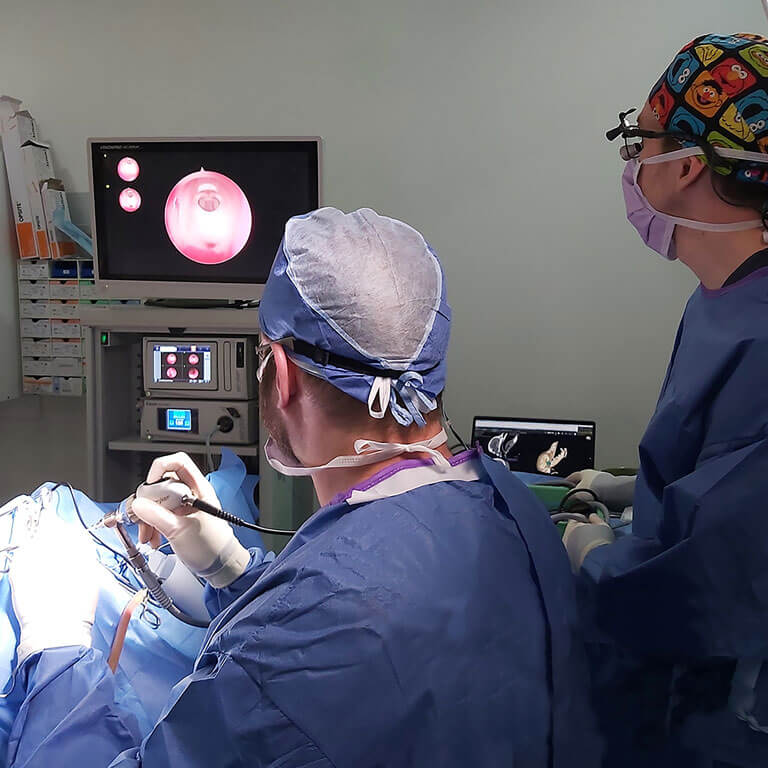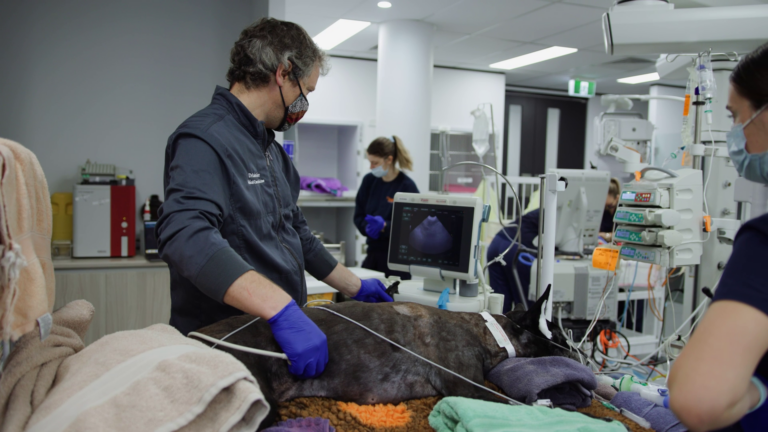Reviewed by Dr Negar Hamzianpour, Specialist in Ophthalmology
Glaucoma in cats can be a serious condition, which requires prompt veterinary treatment from an eye specialist (or ophthalmologist).
What is glaucoma in cats?
Glaucoma in cats involves an increase in intraocular pressure (IOP) within the eye. This increase in pressure can damage the optic nerve and lead to permanent blindness if not treated promptly and effectively.
What causes glaucoma in cats?
In cats, glaucoma can be both primary and secondary.
Primary glaucoma is rare in cats and typically involves a genetic predisposition to the condition. This is most often seen in Burmese cats in Australia. It results from the eye’s inability to properly drain fluid (aqueous humour) from the eye, due to a defect in the eye’s drainage angle, which is often hereditary. This condition will usually affect both eyes in the cat’s lifetime.
Secondary glaucoma is more common in cats. This is most commonly secondary to inflammation inside the eye (uveitis). What is of concern in these cases, is that uveitis in cats may be a sign of a serious disease elsewhere in the body. For this reason, consultation with an ophthalmologist is important.
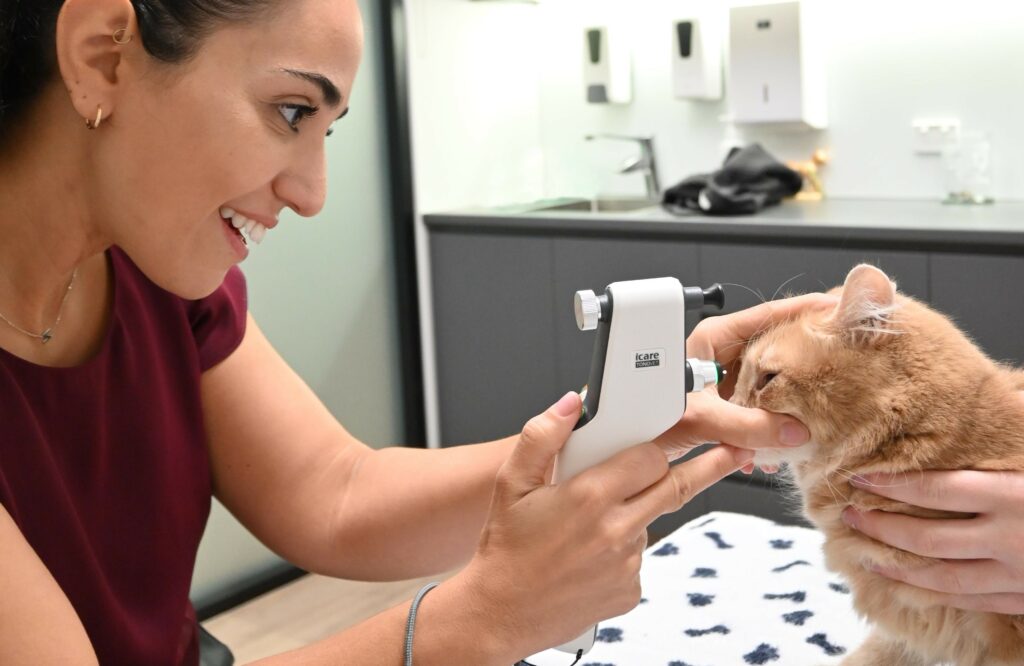
Symptoms of glaucoma in cats
The symptoms of glaucoma in cats might include:
- Noticeable increase in the size of the eyeball
- Cloudiness or haziness in the cornea
- Redness in the white part of the eye
- Dilated pupil
- Vision loss or noticeable difficulty in navigating their environment
- Lethargy, depression or reduced as a result of chronic pain.
Because cats are very adept at hiding discomfort and pain, it can sometimes be more challenging to detect glaucoma early in felines. It is important for cat owners to be vigilant and seek veterinary care if any changes in behaviour, appetite, or eye appearance are noticed.
Treatment for glaucoma in cats
The treatment for glaucoma in cats aims to reduce intraocular pressure, alleviate discomfort, and preserve vision when possible. Treatment options may include medications such as eye drops or oral medications that help reduce eye pressure either by decreasing fluid production or improving drainage. In some cases, particularly for secondary glaucoma, treating the underlying cause can help resolve the glaucoma.
Surgical options are also considered for cats, especially if the response to medical treatment is inadequate or if the glaucoma is severe. Options include laser therapy to reduce fluid production within the eye or shunt procedures to improve fluid drainage from the eye. In severe cases where pain cannot be managed or vision is irretrievably lost, surgery to remove the affected eye may be the most humane option.
If you suspect your cat may have glaucoma or is showing signs of eye discomfort, it is crucial to consult with a veterinarian or a veterinary ophthalmologist as soon as possible. Early detection and treatment can make a significant difference in the outcome for your feline friend.
Why Choose SASH for treating glaucoma?
SASH stands out as the sole veterinary hospital network in NSW offering round-the-clock access to Ophthalmologists and continuous veterinary and nursing support. Our key advantage rests in the comprehensive specialist care provided by a caring team of veterinarians and nurses. In situations where necessary, a group of specialists with diverse skills can collaborate for the benefit of both the patient and client. Depending on the nature and treatment of your cat’s glaucoma, our Ophthalmologist team at SASH can collaborate with other specialist veterinarians like Anaesthetists and Oncologists when needed.
If you have urgent concerns about your cat’s eyes, whether it has glaucoma or not, please feel free to bring to them to SASH 24/7 Emergency, any time of the day. From here, our experienced Emergency Veterinarians will be able to seek the assistance of a SASH Ophthalmologist if appropriate.
